New Zealand GDP dropped -1.0% qoq in Q4, much worse than expectation of 0.1% qoq. Goods-producing industries dropped -3.2% qoq. Services industries rose a mere 0.1% qoq. Primary industries dropped -0.6% qoq. GDP per capital dropped -1.2% qoq. Over the year to December 2020, annual GDP declined -2.9%.
“Activity in the December quarter shows a mixed picture – some industries are down, but others have held up or risen, despite the ongoing impact of COVID,” national accounts senior manager Paul Pascoe said. At the industry level 7 out of 16 industries declined. The two largest contributors to the drop were construction, and retail trade and accommodation.




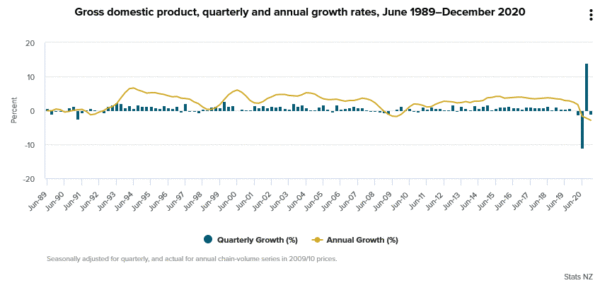
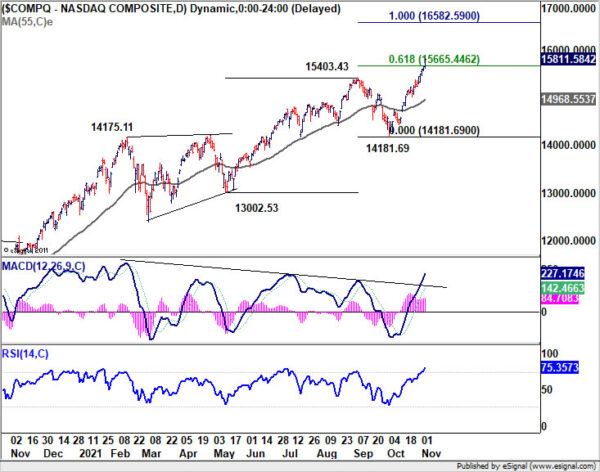
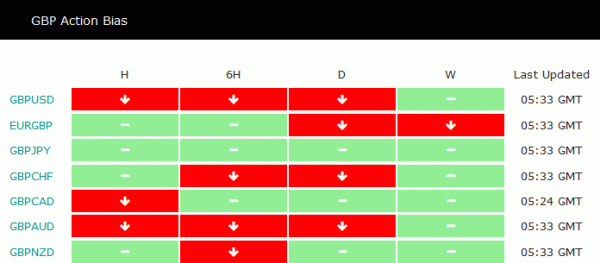
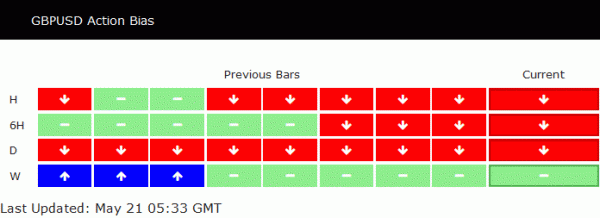
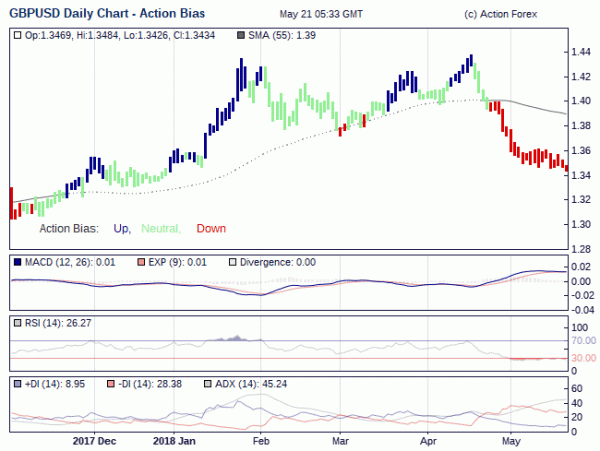
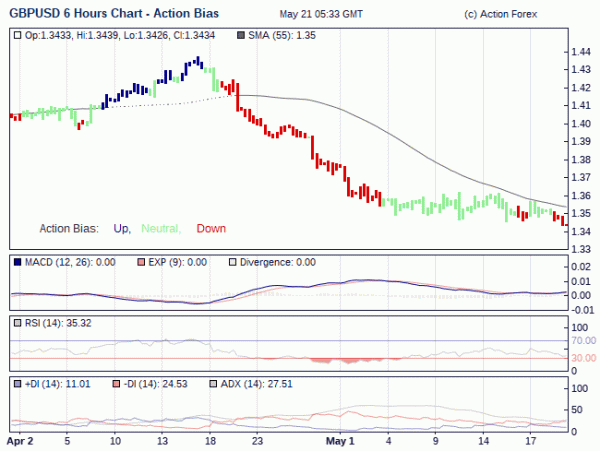
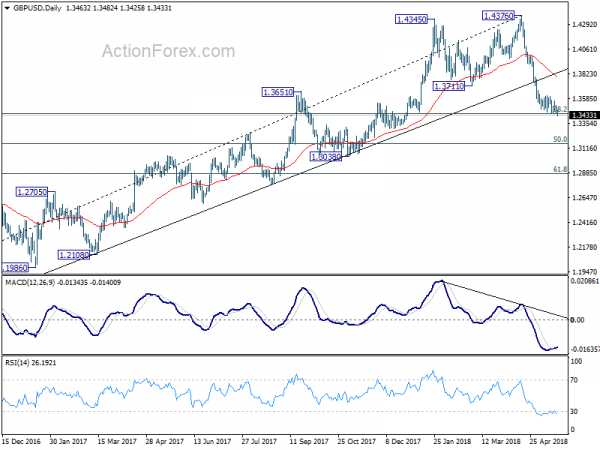
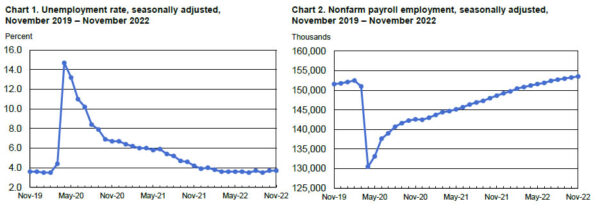
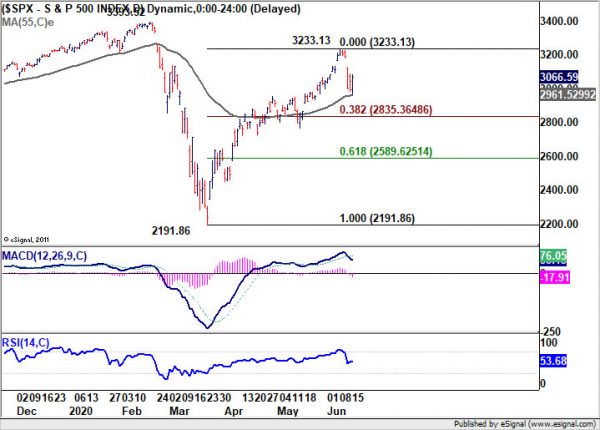
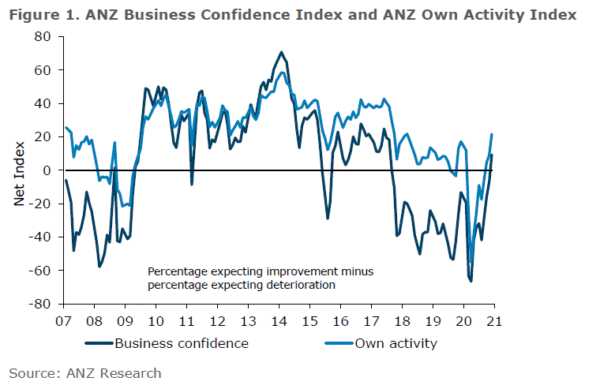
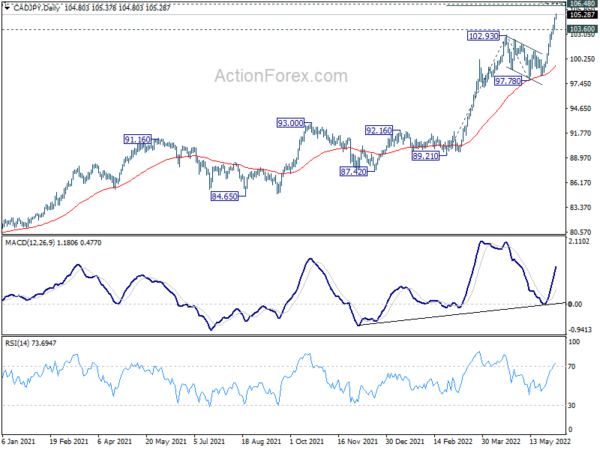
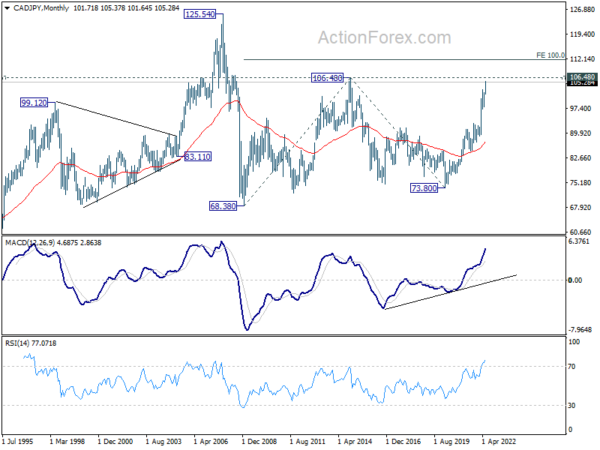
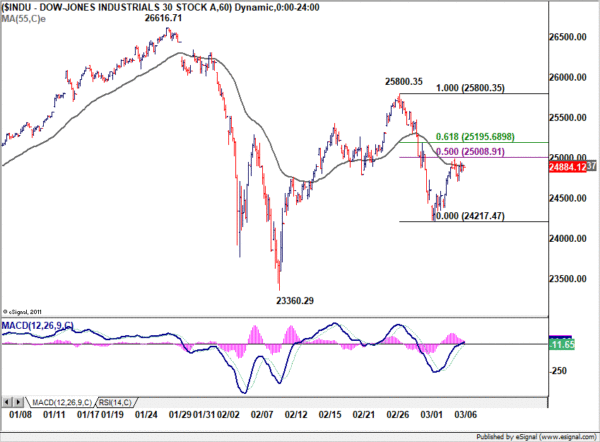
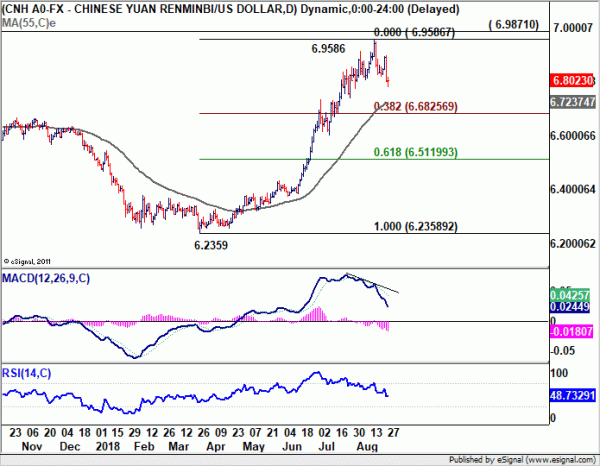
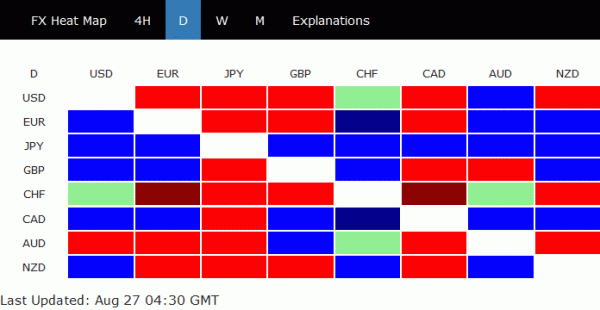

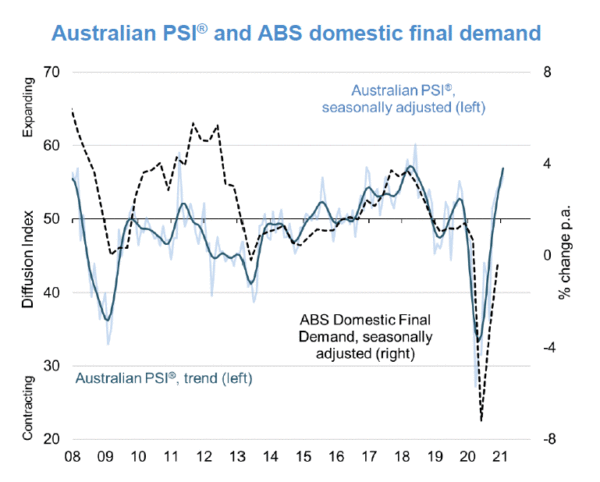

UK PM May: It’s imperative to bring forward Brexit deal to receive royal assent by summer recess
UK Prime Minister Theresa May’s spokesman said the Cabinet has agreed today to continue negotiations with Labour regarding the Brexit deal. He noted that “Ministers involved in the negotiations set out details of the compromises which the government was prepared to consider in order to consider an agreement which would allow the UK to leave the EU with a deal as soon as possible.”
Also, “Cabinet agreed to continue discussions with Labour to see what was possible. However it was agreed that it is imperative to bring forward the Withdrawal Agreement Bill in time for it to receive royal assent by the summer parliamentary recess.”